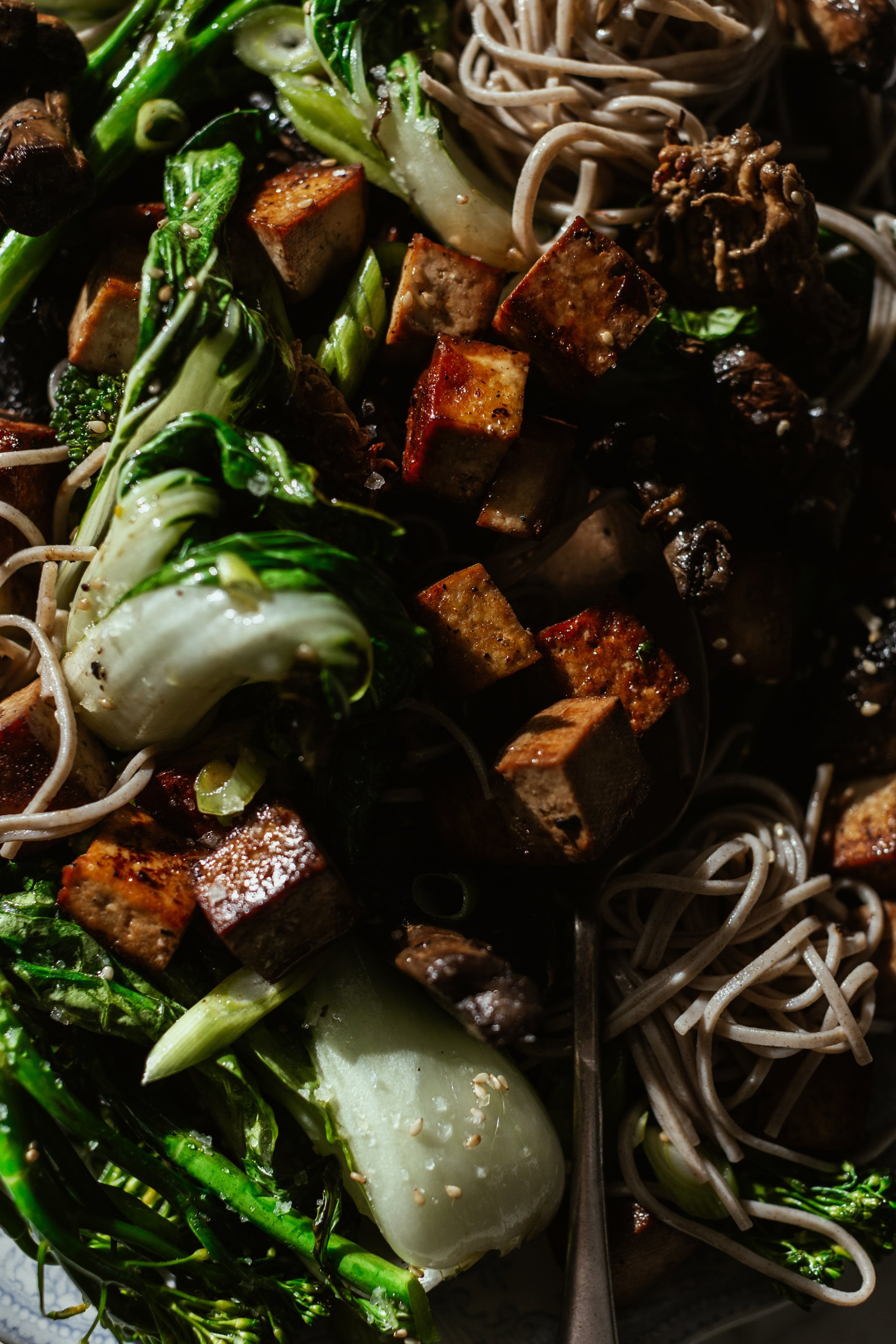The link between soy, livestock and deforestation
The popularity of soy beans comes from their high protein level and extra oil abundance, more than any other legume. Therefore, soy beans are an excellent food supply for livestock and significant source for vegetable oils and biofuels. As a matter of fact, only 6% of soy beans are used for human consumption. Furthermore, healthy food-grade soy beans demand is steady, projected to be likewise over the next years. The strongest driver of soy production remains animal feed with demand predicted to keep increasing, before biodiesel production.
Consequently, yield improvements have not been sufficient to continue with demand over the years; most was met by expanding soy beans cultivation in new areas such as tropical forests. Therefore, according to the UCSUSA, soy beans production is one of the four major drivers responsible for widespread deforestation, thus global warming, besides displacement of small farmers and indigenous communities over the planet. In addition, soy beans are one of the top 3 GMO crops in the US, principal producer in the world, Brazil and Argentina ranking respectively second and third. In these Latin American countries, the negative consequences of large scale industrial soy production are global.
To summarize, main issues started 20 years ago when tropical forest soils became viable for soy beans production, granted by advances in farming methods and different crop varieties. They made possible soy beans growth in tropical conditions. Large areas from the Amazonian forest were targeted to source new land, until public outrage early 2000s, which lead to the transnational Amazon Soy Moratorium, direct ban of soy conversion in the Amazon forest after 2006. Successful regarding conservation, this agreement does not cover the entire biome of the Amazonia, unfortunately. Other regions far from the lush jungle are victims of deforestation: major carbon reservoirs from the Gran Chaco in Argentina to the Cerrado in Brazil, along with areas in Paraguay and Bolivia, where environmental protections and regulations are fewer than in Brazil. This mass deforestation is a problem because it releases millions of tonnes of greenhouse gas into the atmosphere, accelerating global warming and so climate change. Led by the trade group The Roundtable on Responsible Soy, a movement is pushing to set higher-than-market standards for the production of soy. However, as of 2013, these efforts only covered about 1% of Brazil’s total production.
“What many don’t see [...] is the connection between the soy beans-fed meat on their plates and the steady decline of one of the world’s great carbon sinks, a bulwark against global warming” Ane Alencar, science director of the non-profit Amazon Environmental Research Institute (IPAM)
So what can we do about that? To begin with, challenge the public’s perception of soy - end conversations holding vegetarians and vegans responsible for global warming because of their tofu consumption. Quite the opposite, soy beans production shaped for the livestock industry is what make soy a controversial crop. Otherwise, as someone following a plant-based diet, the few things you can take responsibility for is your soy consumption. After animal product intake, there are two other important points to be vigilant about. First is how your soy is processed, always choose organic soy beans instead of conventional or natural to avoid the risk of soy beans production processes involving petrochemical solvent. Then be aware of where manufacturers source their soy beans, checking it is GMO-free, not extracted from rainforest regions, part of a crop-rotation system, and as local as possible. In New Zealand, this remains challenging, if not impossible. Focusing on the aspects of where your food comes from or how it has been transformed plays an essential role in reducing climate change effects. At the end of the day, caring about your food is caring for the environment.




